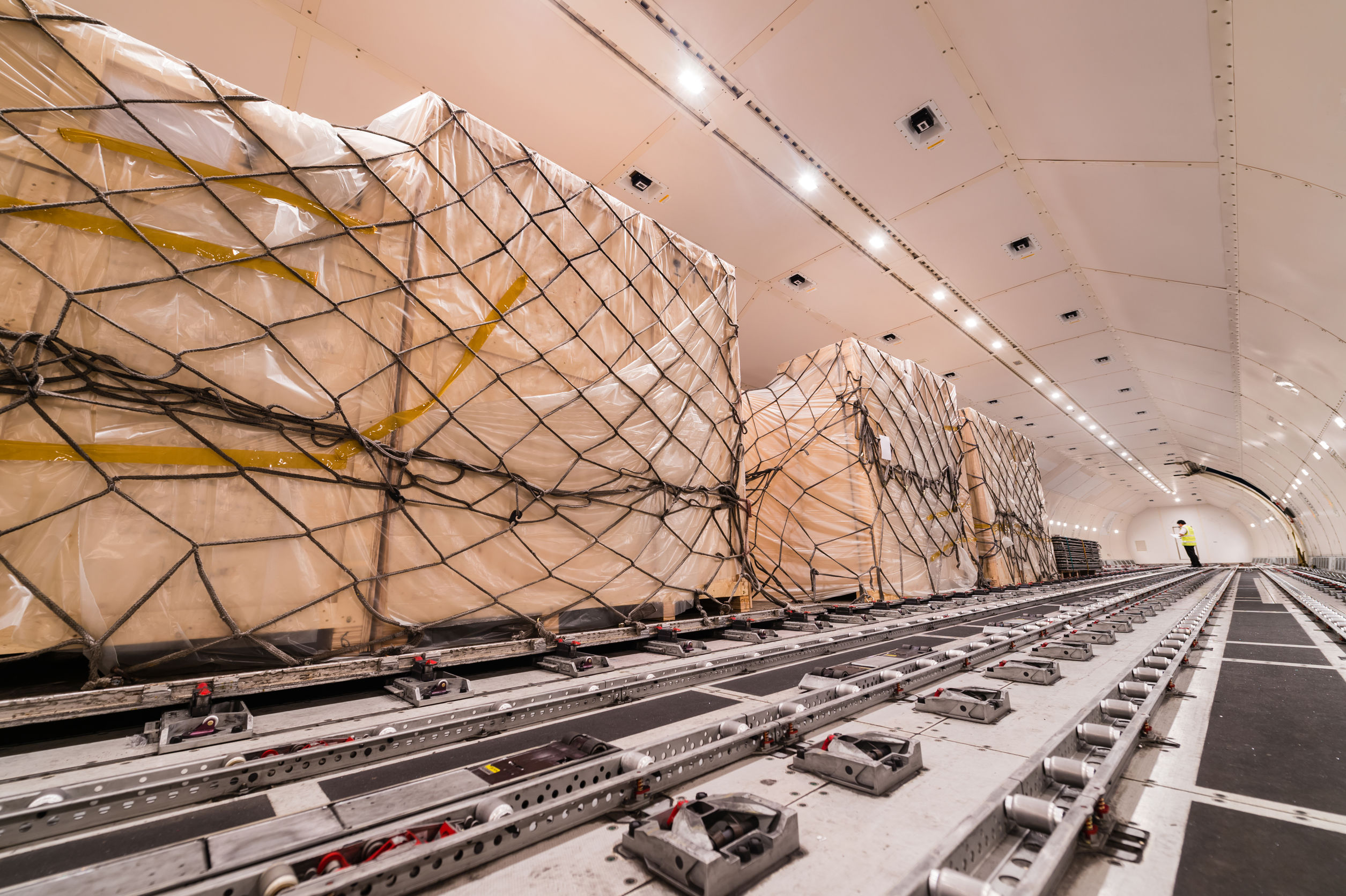International air transportation standards mandate that 100% of international all-cargo aircraft flights receive the same level of security screening and scrutiny that cargo shipments on passenger fights undergo now. The deadline for meeting that mandate is June 30, 2021.
There are two paths to U.S. compliance with this mandate; screen 100% of cargo before it is loaded onto a commercial aircraft, or establish a TSA-regulated program or framework that screens cargo and/or applies security controls throughout the supply chain.
Working together to streamline all-cargo screening.
The U.S. Transportation Security Administration (TSA) is working with the air cargo industry to determine the best and safest way to implement these security standards. In April 2020, the TSA published a Request for Information (RFI) inviting all-cargo operators and stakeholders to submit comments and participate in a (virtual) public meeting. The purpose is to explore less costly alternatives for compliance with the mandate and “… reduce the burden on U.S. and foreign all-cargo aircraft operators”, because “… a 100 percent screening requirement will increase the cost of transporting air cargo.” [1] The meeting was held in July 2020 and the comment period ended August 27, 2020.
Challenges posed by last-minute screening.
What are the burdens that the RFI mentions? We live in a world experiencing an explosion of e-commerce and reliant on national and international supply chains. To continue to meet demand and keep economies healthy, goods need to keep flowing. There are a number of reasons why relying completely on last-minute cargo screening at the airport is not the answer. They include:
- Cargo arriving at the airport is often already palletized. This can make it impossible to screen completely without breaking up the pallet.
- Some cargo is too large for the x-ray screening systems most common at airports.
- Some cargo requires specific methods and/or multiple screening methods that may not be available at the airport.
- There is only a brief window of time when loading aircraft for departure and often too much cargo to screen efficiently.
Safer skies. How air cargo security has evolved.
This all-cargo security mandate is simply the next step in an ever-evolving set of procedures and standards for keeping passenger and cargo aircraft flying safely. Security processes and procedures will continue to change over time as intelligence on potential threats is updated. Here is a brief overview of the laws and standards related to U.S. cargo security.
In 1944, The International Civil Aviation Organization (ICAO) was created by the Convention on International Civil Aviation also known as the Chicago Convention. This agency of the United Nations was created to promote civil aviation security around the world, and is a forum for setting “… standards and regulations necessary for aviation safety, security, efficiency and regularity, as well as for aviation environmental protection.”[2] “Provisions for international aviation security were first disseminated as Annex 17 to the Chicago Convention in 1974, and since then have been improved and updated 16 times.” [3] The U.S. is a Member State of the ICAO.
In 2001, the TSA was created by the U.S. Congress in the wake of 9/11 to protect aviation and other transportation systems in the U.S.
In 2007, President Bush signed into law implementation of the 9/11 Commission Recommendations Act of 2007. This law required security screening of 100% of cargo prior to being loaded on passenger aircraft. The TSA was assigned the task of developing programs for regulating and implementing this level of screening by August 1, 2010. An initiative called the Certified Cargo Screening Program (CCSP) was created by the TSA as part of a multi-layered approach to this directive. Designed to keep cargo moving and avoid slowdowns at airports, the CCSP regulates and certifies U.S. manufacturers, retailers, freight forwarders, shippers, and other screening providers, authorizing them to screen cargo destined for passenger flights before it reaches the airport. Once screened, cargo follows a secure chain of custody during transport to the airport. In 2014, the official name of the program was changed to Certified Cargo Screening Standard Security Program (CCSSP) and in 2018 it was changed again to Certified Cargo Screening Standard Security Program (CCSSSP).
By June 30, 2021, the ICAO requires all Member States ensure that 100% of international air cargo transported on commercial aircraft is either (1) screened to a level intended to identify and/or detect the presence of concealed explosive devices or (2) under appropriate security controls throughout the cargo supply chain to prevent the introduction of concealed explosive devices.
Exploring options for safe and efficient screening.
With the input of the air cargo industry in hand, the TSA will move forward to define plans for meeting the 2021 all-cargo screening mandate.
Expanding and adapting the CCSP program to screen cargo for freight flights is one obvious option for meeting the 2021 all-cargo screening mandate. The CCSP has been highly successful and extending it would eliminate any confusion that might be introduced by a second program with different rules.
Commercial Freight Services is a Certified Cargo Screening Program facility.
References:
1. Air Cargo Security Options To Mitigate Costs of Compliance With International Security Requirements https://www.federalregister.gov/documents/2020/04/10/2020-06929/air-cargo-security-options-to-mitigate-costs-of-compliance-with-international-security-requirements
2. Moving Air Cargo Globally: Air Cargo and Mail Secure Supply Chain and Facilitation Guidelines (link as of Oct 7, 2020) http://www.wcoomd.org/~/media/4B167884A3064E78BCF5D29E29F4E57E.ashx
3. Annex 17 – Safeguarding International Civil Aviation Against Acts of Unlawful Inference
https://www.icao.int/Security/Pages/default.aspx

